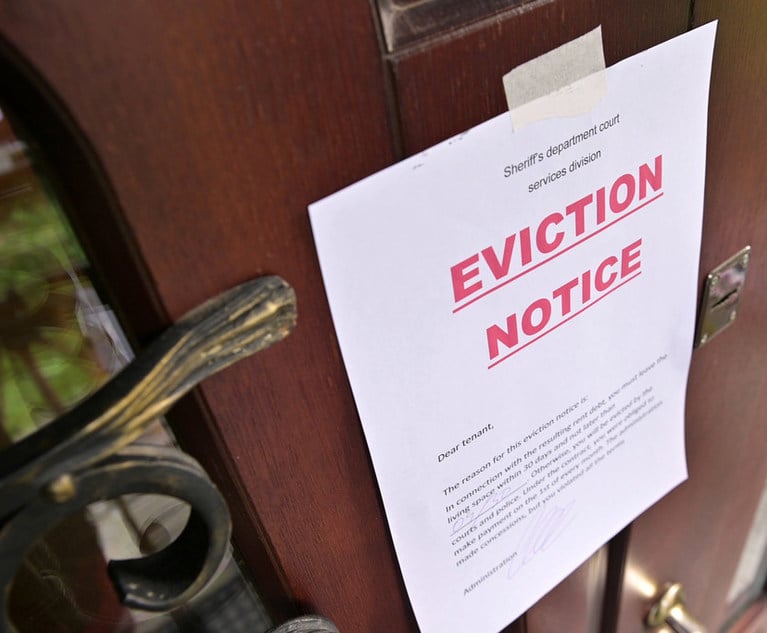 For business enterprises, a commercial lease often represents one of their most valuable assets—obtaining and keeping a lease is critical to the success of the enterprise. An alleged lease violation can represent an existential threat to a business because once a lease is terminated it typically cannot be revived. When a landlord serves a notice to cure an alleged default, a commercial tenant may only have a matter of days to resolve the problem before facing termination, making it nearly impossible for the tenant to challenge the validity of the alleged default without losing the lease. New York courts have created a legal remedy to avoid this Hobson’s choice—the Yellowstone injunction, which tolls the tenant’s time to cure the alleged default while the tenant pursues a legal determination as to whether cure is in fact required under the terms of the lease. This article provides an overview of the key legal considerations in obtaining or defending against a Yellowstone injunction.
For business enterprises, a commercial lease often represents one of their most valuable assets—obtaining and keeping a lease is critical to the success of the enterprise. An alleged lease violation can represent an existential threat to a business because once a lease is terminated it typically cannot be revived. When a landlord serves a notice to cure an alleged default, a commercial tenant may only have a matter of days to resolve the problem before facing termination, making it nearly impossible for the tenant to challenge the validity of the alleged default without losing the lease. New York courts have created a legal remedy to avoid this Hobson’s choice—the Yellowstone injunction, which tolls the tenant’s time to cure the alleged default while the tenant pursues a legal determination as to whether cure is in fact required under the terms of the lease. This article provides an overview of the key legal considerations in obtaining or defending against a Yellowstone injunction.
Elements of a ‘Yellowstone’ Injunction
Tenants seeking a Yellowstone injunction must show:
- The existence of a commercial lease;
- The tenant received a notice of default, a notice to cure, or a threat of termination of the lease;
- The tenant sought the injunction prior to the termination of the lease and the expiration of the specified cure period; and
- The tenant is willing and able to cure the alleged default.






